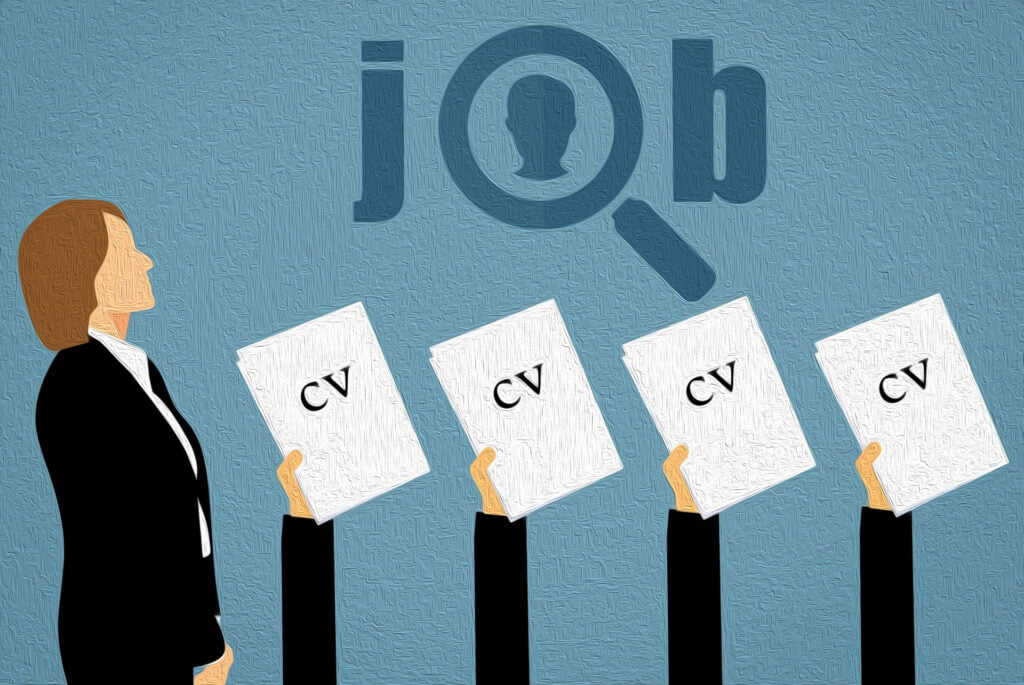Human resource management plays an essential role in the organization. Employees or the workforce is the most essential resource in an organization; therefore, it should manage well to reach organizational goals. This article discusses the fundamentals of human resource management, including the definition of human resource management, the importance of human resource management, its objectives, and human resource management functions.
Simply the human resource management can be defined as the process of managing the workforce in the organization. Human resource management refers to the optimal utilization of human resources/workforce to accomplish desired goals and objectives in the organization. The optimal utilization means the resources should be utilized with efficiency and effectiveness. It can also be referred to as putting the right employees in the right number at the right cost.
This can also be defined as planning, organizing, leading, and controlling human resources to achieve an organization’s goals and objectives efficiently and effectively.
Unique characteristics of human resources
Human resources mean humans/employees in an organization. This resource is so vital to the organization because of its unique characteristics. The special features are as follows.
- It is animate, living, and active.
- ability to react, think and feel.
- It can impact its cost.
- making decisions about other resources.
- It can organize as groups, unions, and small teams.
- It has the ability of innovation and creativity, which cannot be found in other resources.
- The organization can update its value with time (experience, training, etc.)
Because of the above reasons, this human resource is a significant factor for organizational success. When there is a good workforce in the organization, it is significantly easier to accomplish the goals and objectives. Therefore managing these resources is an essential thing for every organization.
Importance of human resource management
The meaning of human resource management is the process of utilizing an organization’s workforce or employees efficiently and effectively. This management process is so vital to the organization in many ways, such as,
- Human resources are the most crucial resource in the organization.
- Managing human resources is more complicated rather than managing other resources.
- The quality of other business functions heavily depends on the quality of human resource management.
- Managing human resources contributes to organizational success as well as societal success.
- HRM helps to minimize liability issues in the organization.
- It plays an essential role in increasing productivity and profitability in the organization.
- helpful to maintain an excellent public image for the organization.
- It helps to reduce wastages and utilize other resources optimally.
Strategic goals of human resource management
- To increase employee productivity.
Employee productivity refers to the amount of output (or work) performed by an employee during a specific period. Employee productivity shows how efficient the employees in the organization for doing a task. Employee productivity is so essential for the organization, and it ensures the effective utilization of human resources.
- Employee development
The process of developing employee skills and knowledge can be defined as employee development. With the organization/employer’s help, the employees will enhance their skills and knowledge through various development programs. When considering development programs, most organizations conduct training programs, learning programs, leadership development programs, and other motivational programs. When there is employee development in the organization, it will directly impact organizational performance. This employee development enhances the organization’s productivity as well as the employee’s personal growth.
- Increase the quality of work-life
Increasing the quality of work-life means enabling employees to work effectively by shaping organizational structure, environment, methods, and other outcomes. The quality of work-life is a value-based process, and its main aim is to improve the quality of life at the organization’s employees’ work. Increasing the quality of work-life may help increase employees’ satisfaction, and it makes the organization profitable. Work-life quality involves three significant terms: appropriate salary, suitable working time, and occupational health care. The organizations can also increase work-life quality by recognizing work-life issues, improving productivity & performance, identifying issues & common themes, and conducting training programs.
- Ensure legal compliance
When managing human resources, legal compliance is an important area for the organization. Legal compliance means defining procedures and policies to make certain work practices and employment better understand relevant laws and regulations. On the other hand, legal compliance means ensuring the organization and employees follow all ethical practices, rules ®ulations, and different standards related to the organization and the industry. This legal compliance helps the organization to avoid frauds, wastages, abuse, and discrimination.
- Ensure optimum utilization of human resources
The optimum utilization means utilizing organizational resources with efficiency and effectiveness to achieve desired goals. When it comes to human resources, the optimum utilization of human resources means deploying employees to work with productivity to accomplish organizational goals and employees’ individual goals.
Objectives of human resource management
The following objectives have to be achieved to reach the strategic goals of human resource management.
- Improve employee commitment
- Motivate employees
- To keep the most suitable employees.
- To get the right people to do the right jobs at the right time.
- controlling the cost of managing employees.
- To provide efficient leadership.
- securing the integration of the organization.
These objectives of human resource management can be divided into 4 categories: personal objectives, functional objectives, organizational objectives, and societal objectives.
Functions of human resource management
Many functions can be seen in human resource management, and they are interrelated to each function. HRM functions include job design, job analysis, human resource planning, recruitment, selection, hiring, induction, performance evaluation, pay management, training & development, employee movements, welfare administration, safety & health administration, discipline administration, grievance handling and labor relations.
Job design
The job design simply can be defined as organizing various tasks, duties, and responsibilities in the organization. Moreover, it is arranging or rearranging the work to reduce job dissatisfaction and employee alienation. There are various techniques such as job rotation, job enlargement, and job simplification in this function. read more…
Job analysis
Job analysis is a process of collecting and analyzing information on the nature of a particular job. This process also considers the physical and mental capabilities required to do the job and its responsibilities.
The main aim of job analysis is to prepare the job description and the job specification. These statements help the organization to acquire a suitable workforce to achieve organizational goals and objectives. A job description is a statement that represents information about a particular job. And the job specification is a statement that describes the information about required qualifications, skills, and knowledge for an employee to do a specific job. read more…
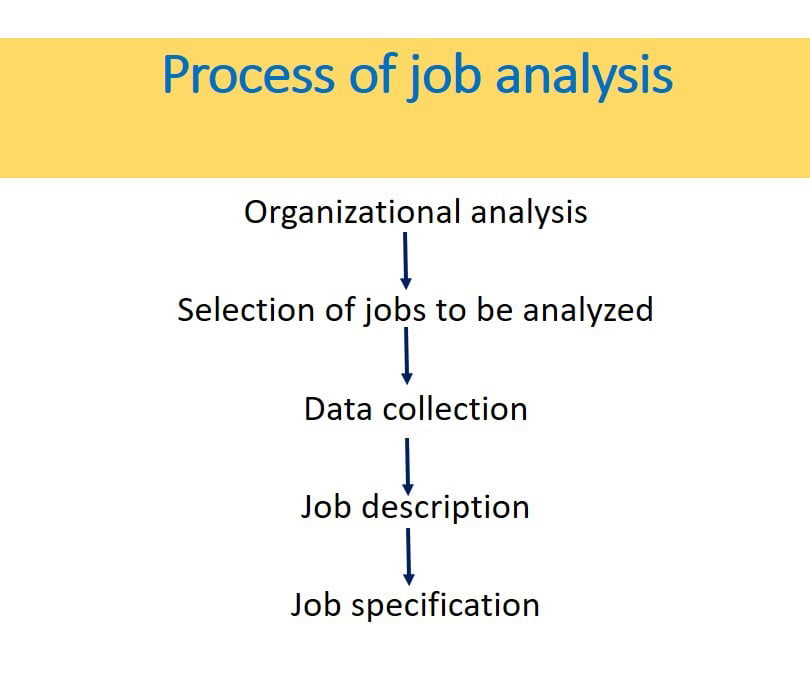
Human resource planning
Simply, human resource planning can be defined as a strategy used by an organization to manage their employee shortage or surplus. This is a continuous process to reach optimum utilization of the organization’s workforce.
Human resource planning steps include forecasting employee demand, analyzing employee supply, balancing employee demand with employee supply, and developing & implementing a plan. This human resource planning is so essential to a company for assessing and auditing their capacity of employees. Therefore investing in human resource planning is one of the most significant decisions an organization can make. read more…
Recruitment
Recruitment is a process that finds and attracts the most suitable qualified job seekers to apply for employment. This recruitment generates a pool of eligible job seekers for a particular job. The recruitment process usually depends on the size of the organization. Larger companies may have a recruiter team to conduct the recruitment process, while small companies have a single recruiter. The recruitment process in hrm involves identifying job vacancies, ascertaining job requirements, considering factors affecting recruitment, preparing job application forms, choosing requirement methods, implementation, and evaluation.
Selection
Selection is a function that choosing the right candidate(s) who have suitable qualifications, skills, and knowledge to do the particular job. this function helps the organization select the most appropriate person(s) from the pool of candidates to fulfill the relevant job vacancy. Organizations use many selection methods to choose their appropriate candidate(s). the methods include application evaluation, employee tests, interviews, background investigation, and medical examinations.
Hiring
Hiring can be defined as the process of placing selected candidate(s) on the job vacant. After recruitment and selection processes, the organization has the most appropriate person(s) for the relevant job vacancy. Then appointing those candidates on the job(s) is done by the hiring function. The top management of the company has the authority to obtain and selecting new employees.
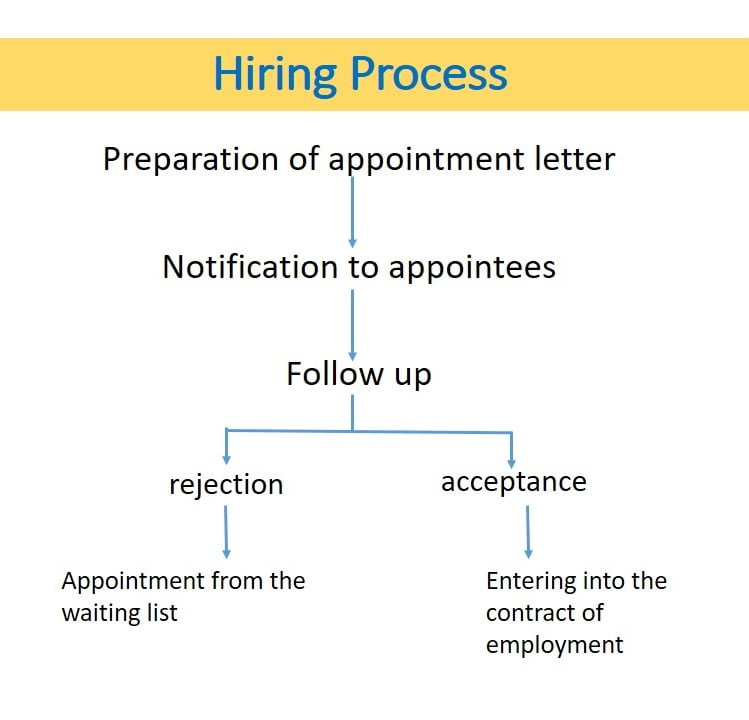
Induction
Simply the induction means welcoming new employees to the organization. This function introduces new employees systematically & formally for the organization, job, workgroups, and working environment. New employees will learn about their new organization, their tasks, duties, responsibilities, and they will able to meet other staff members because of induction. Mainly, there are four types of inductions: organizational induction, department induction, job induction, and human induction.
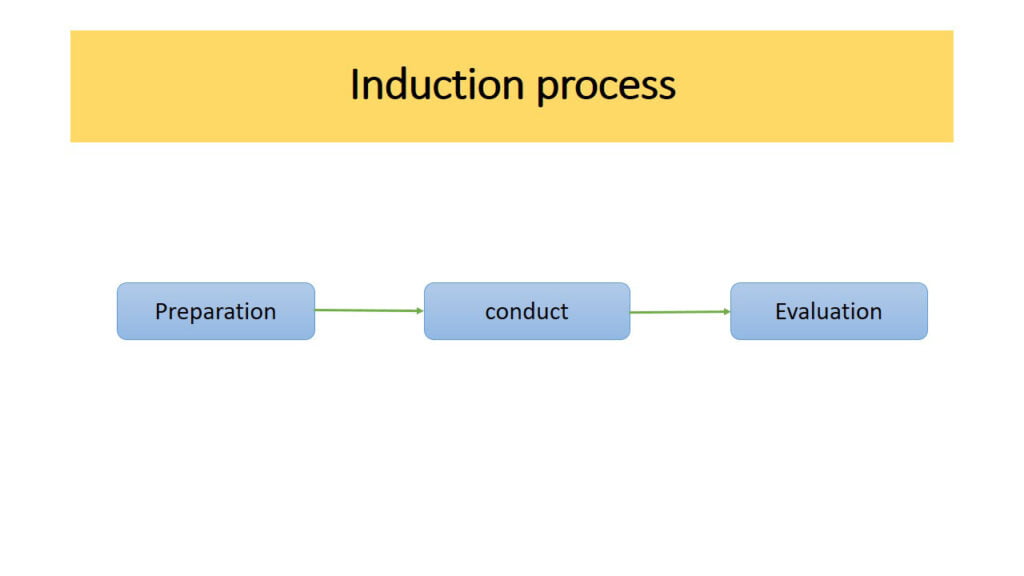
Performance evaluation
Performance evaluation refers to a systematic process for measuring, influencing, and evaluating employees’ work to determine which the employee is performing the job perfectly. By evaluating employees’ job performance, the organization will identify their employee’s strengths and weaknesses. It is beneficial to conduct training and development programs.
The purpose of performance evaluation can be divided into two main categories: management purpose and informative purpose. In addition, the management purpose can be divided into two subcategories, such as administrative purpose and development purpose.
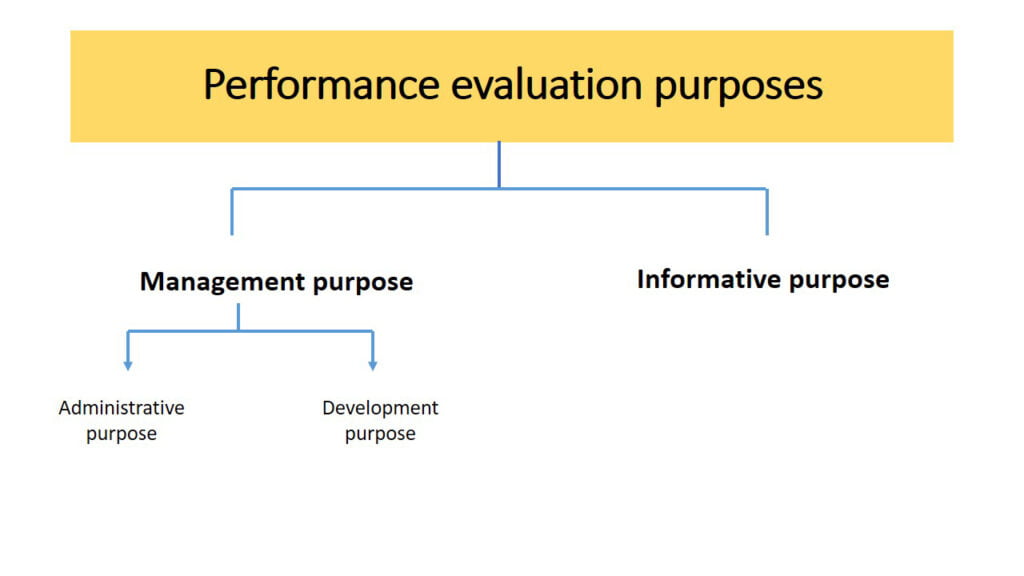
Pay management
Pay management is the process of managing an organization’s salaries and bonuses. And also, it engages with benefit programs to ensure they reach the needs of the current employees. Therefore pay management plays a vital role in human resource management because it influences the hiring process, organizational performance, team engagement, and employee retention. Pay management’s main aim is to make better payment decisions based on job role, salary market, company size, type of industry, and location.
Training & Development
Training and development is a planned procedure with various methods to enhance employees’ knowledge, behavior, and skills in the organization. T & D can be identified as a common and continuous function in any organization for updating employees with the changing environment.
When considering the difference between training and development, the training means a well-structured process of enhancing an employee’s required skills to make himself/herself a perfectionist in the particular job. The training is mainly focused on the job.
Employee development refers to a process that is oriented toward psychology and soft skills. Basically, this development task is for the employees who engage with managerial duties. As a long-term process, this will be helpful to managers to enhance their growth and performance.
Welfare administration
Welfare means doing things for the improvement of employees apart from the salaries and wages. It includes different facilities and services for the comfort of employees. The purpose of this welfare administration is to develop employee’s personalities as well as enhance the life of the working class. This is very important for employees to perform their tasks and duties in a favorable environment. Although the company’s expenses rise because of employee welfare, it will bring more benefits for the employee as well as the employer. This welfare can be identified into two categories such as statutory or non-statutory. On the other hand, this also can be categorized as intra-mural or extra-mural.
Safety & health administration
Safety and health administration refers to providing health, safety, and security responsibilities to the organization’s employees. This process involves mitigation strategies, legal compliance, developing a safety culture, and identifying hazardous conditions. The main aim of safety and health administration is to take care of a safe work environment and protect customers, suppliers, co-workers, and other parties who are influenced by the workplace environment.
Discipline administration
Promoting and maintaining employee discipline can be referred to as discipline administration. This plays an essential role in the optimal functioning of an organization. The purpose of discipline administration is to motivate employees to follow job performance standards and work safely.
Grievance handling
Managing employee complaints or dissatisfaction can be defined as grievance handling. The reasons for grievances may be the economic situation, supervision, work environment, miscellaneous, employee relations, or organizational change.
Conclusion
- Human resources are the most valuable and important asset for the organization.
- Managing human resources effectively and efficiently to achieve organizational goals and objectives can be referred to as human resource management.
- Human resource management’s strategic goals are increasing employee productivity, employee development, increasing work-life quality, ensuring legal compliance, and the optimum utilization of human resources.
- Human resource management’s objectives are to improve employee commitment, motivate employees, keep appropriate employees, control the cost of managing employees, provide efficient leadership, and secure the organization’s integration.
- There are several functions in human resource management including, job design, job analysis, human resource planning, recruitment, selection, hiring, induction, performance evaluation, pay management, training & development, employee movements, welfare administration, safety & health administration, discipline administration, grievance handling, and labor relations.





